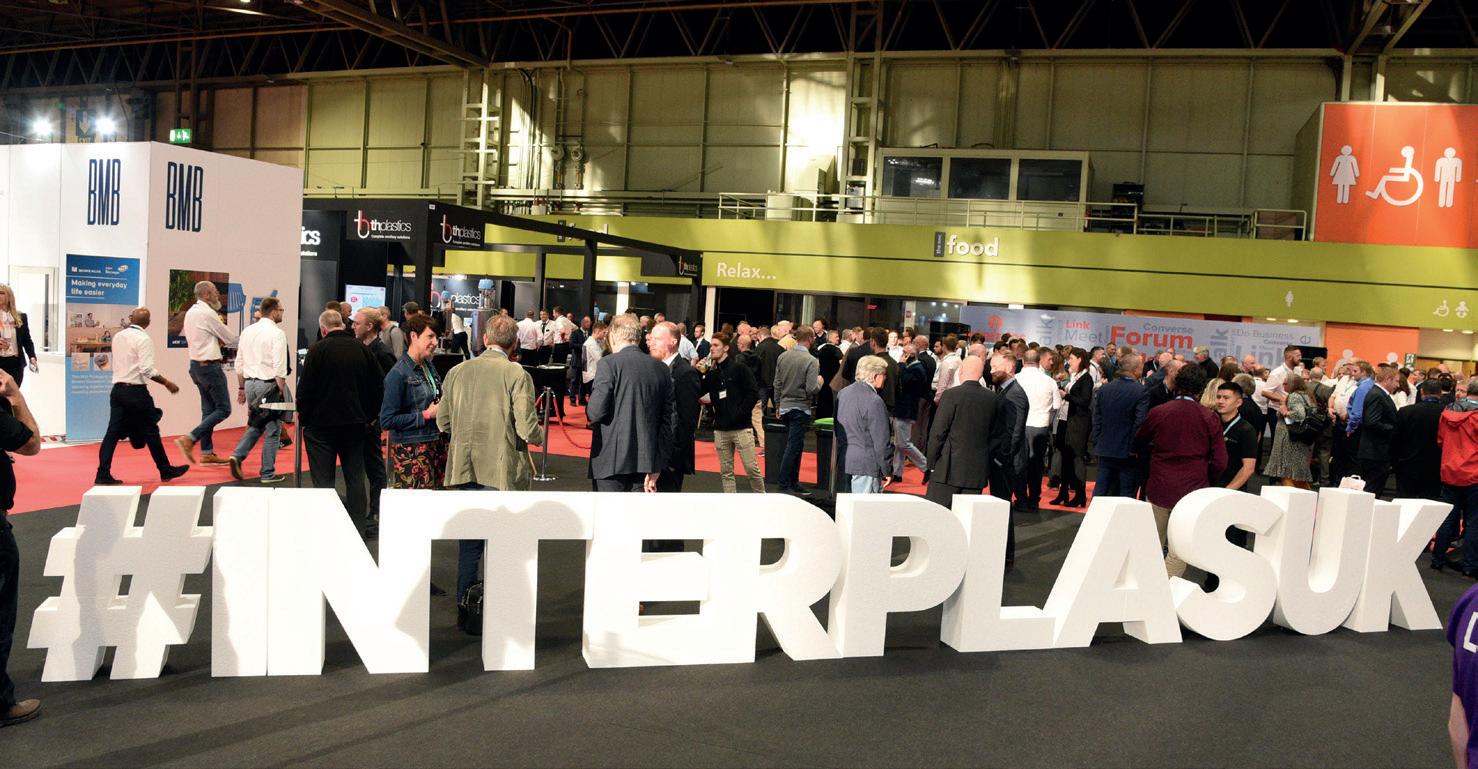
1 minute read
solutions FOR MORE SUSTAINABLE PLASTICS
from BP&R Jan/Feb 23
Kimberley Cherrington, International Marketing Manager, Microban International
Plastic is one of the most versatile materials on earth, being used in a huge array of different products and industries. Its revolutionary discovery has led to the development of diverse, flexible and costeffective materials that have made previously unattainable products available and affordable to people all around the world. The demand for plastic is continuing to skyrocket, but in recent years its reputation as a wonder material has been tarnished by its potential environmental repercussions.
Getting to the source of the problem
The issue lies in the fact that plastic items are typically short-lived and easily disposed of, so as soon as they appear less than perfect, they are quickly replaced. One of
MASTERBATCH & ADDITIVES
susceptible to contamination. Additionally, items subject to warm and moist conditions with a plentiful energy source, such as chopping boards, food storage containers, refillable shampoo bottles and even home appliances, provide the ideal environment for bacteria and mould to flourish. These microbes not only affect the overall aesthetics of the product, but they can even lead to diminished performance, leading to premature disposal and replacement.
On top of this, some plastics contain high levels of plasticisers that act as a carbon-rich food source for bacteria and fungi, and others have a molecular structure that makes them particularly susceptible to the penetration and accumulation of bacteria, mould and mildew. Altogether, these factors make it very difficult to prevent stains, odours and degradation on plastic goods, which in turn contributes to our throwaway culture and adds to the volume of plastic waste that ends up in landfill.

the main culprits here is a build-up of microbes on the product’s surface, which leads to premature degradation and unpleasant odours and stains. Some plastic items are more prone to microbial growth than others, because of their usage, environment, and lack of accessibility for cleaning. For example, hightouch products and surfaces – like soap dispensers, medical carts and even airport security trays – are constantly exposed to large numbers of people around the clock, making them particularly
One way to address these issues is to thoroughly clean surfaces with disinfectants on a routine basis. However, many plastic components are hard to clean frequently because they are out of reach or particularly fragile, such as the brittle grout in showers, which cannot withstand constant scrubbing or corrosive detergents. Added to this, common disinfectants only offer limited residual activity once sprayed onto a surface so, as soon as a product is used again, it becomes re-contaminated with microorganisms. For shared products, contamination events will be very frequent, and regular cleaning practices are simply not adequate – or realistic – for keeping microbial numbers below the recommended threshold. >











